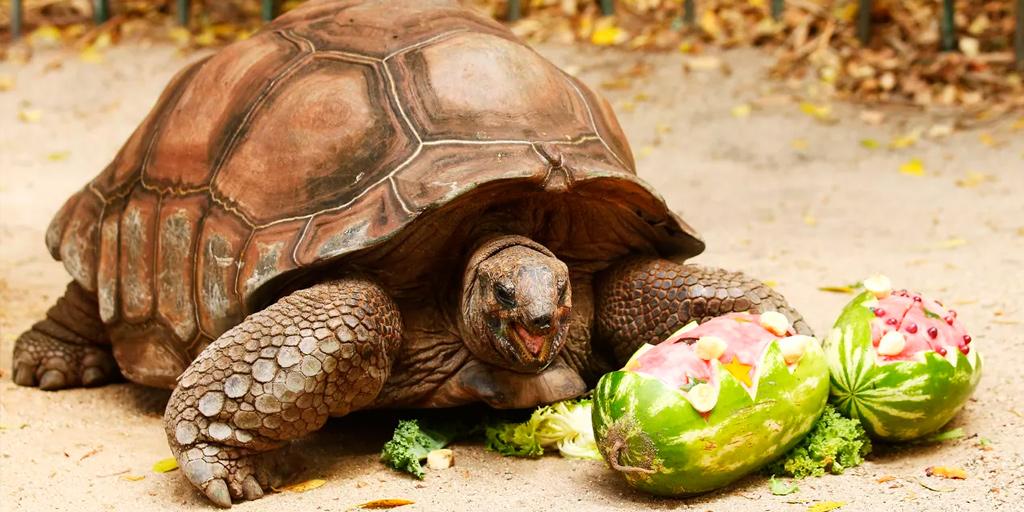Galapagos Tortoises – (Geochelone nigrita)
Yep, it’s true, the world’s largest tortoise title belongs to the Galapagos Tortoise. They can weigh more that 200kg, and male Galapagos Tortoise are actually larger than females. Their shell is adorned with blackish shields and they can measure up to 1.3 meters long and live past 150 years. The tail is short and thick and the feet resemble to elephants’, with long nails and short fingers. They possess a distinctive long neck, the eyes are located on each side of the head and, did you know they have no ears?
The male´s shell is designed with a depression in the belly, allowing it to engage with the female during copulation.
More information
Galapagos Tortoise
Galapagos Tortoise live in arid and dry areas way up in the highlands of the Galapagos Islands (1.700 masl.) and have the ability to survive without water or food during months. It is for this reason that in the past the crew from whale and pirate ships hunted and took them aboard to serve as food during their journeys.
Galapagos Tortoises take advantage of the early morning sunlight to increase corporal heat. Their movements are quite slow and they move mostly in orderto search for herbs, they are herbivores. Their long neck plays and important part here, it allows them to reach for leafs and fruits found in higher branches. During nights, they rest among vegetation or in mud pools to keep body heat. Even though they are earth habitants, they are often found in in water pools hydrating and refreshing.
Their main source of nourishment is tuna plant, which contains plenty of water, supplemented by herbs and grass.
mating season
During mating season, they move towards the lower lands of the islands to nest. Females will dig a hole in the sand where about 4 – 19 eggs are deposited. These are carefully covered form predators such as rats, pigs and other. Eggs hatch after 4 to 5 months.
Galapagos Tortoise can be found in their natural state in the highlands of Santa Cruz Island. It is a marvelous scenery to watch them eat and cool off in the green grass and water holes of the island, and a great chance for an unforgettable picture.
A large variety of giant tortoise species can also be found in captivity in the Charles Darwin Research Station in Santa Cruz, the San Cristobal Island Interpretation Center, and the Giant Tortoise Breeding center in Isabela Island.
So, don’t forget to include a visit to the Galapagos Giant Tortoise while planning your itinerary to the Galapagos.
Quick Facts
– The Galapagos Tortoises are endemic to the Galapagos Islands, meaning they can only be found here.
– Alcedo Volcano in Isabela Island holds the largest Giant Tortoise population between 3000 and 5000 specimens.



Comments